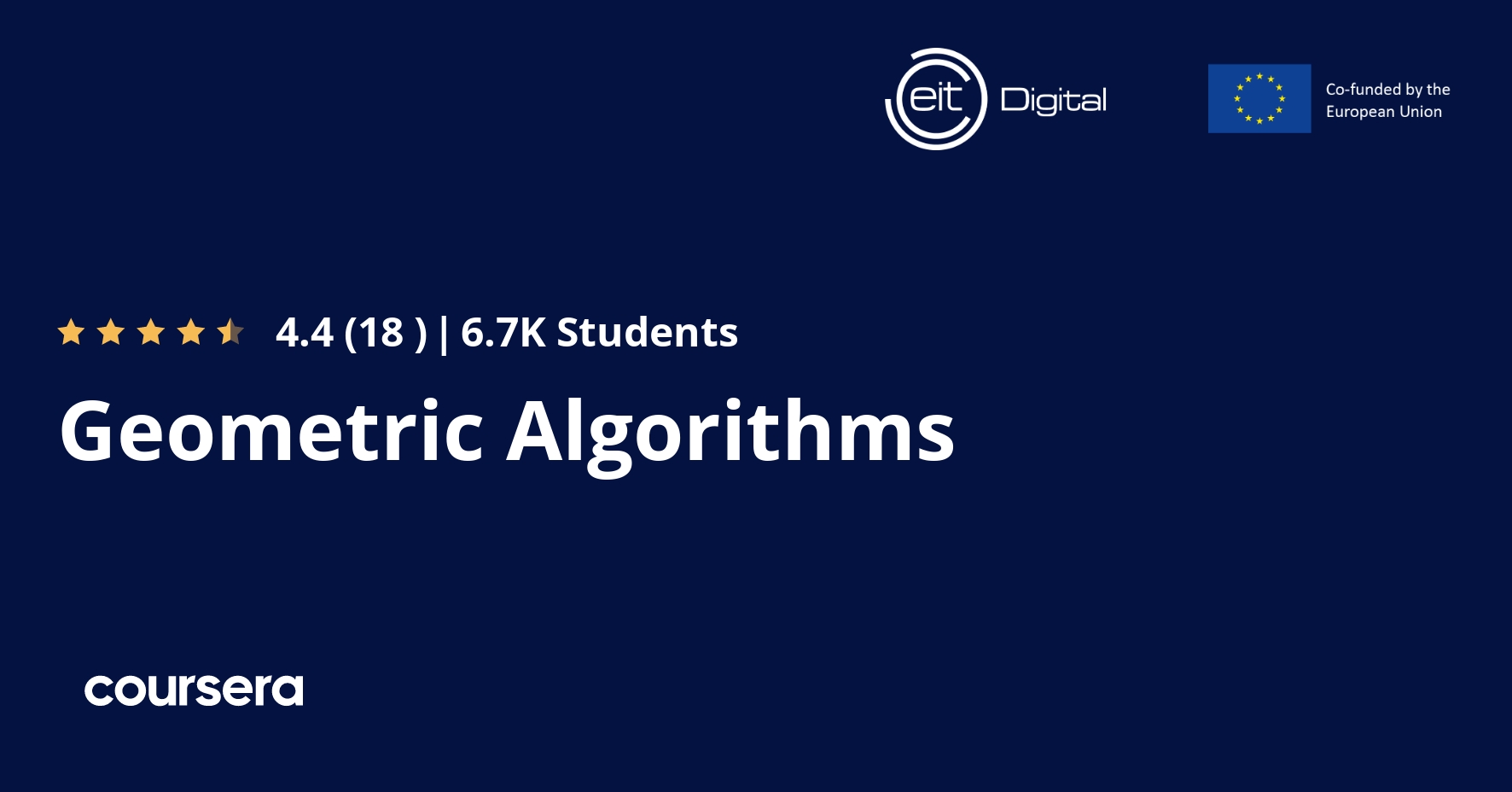Description
Course Information: In many areas of computer science such as robotics, computer graphics, virtual reality, and geographic information systems, it is necessary to store, analyze, and create or manipulate spatial data. This course deals with the algorithmic aspects of these tasks: we study techniques and concepts needed for the design and analysis of geometric algorithms and data structures. Each technique and concept will be illustrated on the basis of a problem arising in one of the application areas mentioned above.
Goals:
At the end of this course participants should be able
– to decide which algorithm or data structure to use in order to solve a given basic geometric problem,
– to analyze new problems and come up with their own efficient solutions using concepts and techniques from the course.
Prerequisites:
In order to successfully take this course, you should already have a basic knowledge of algorithms and mathematics. Here’s a short list of what you are supposed to know:
– O-notation, Ω-notation, Θ-notation; how to analyze algorithms
– Basic calculus: manipulating summations, solving recurrences, working with logarithms, etc.
– Basic probability theory: events, probability distributions, random variables, expected values etc.
– Basic data structures: linked lists, binary search trees, etc.
– Graph terminology
– Programming skills for practical assignments
Most of the material in this course is based on the following book:
M. de Berg, O. Cheong, M. van Kreveld, and M. Overmars. Computational Geometry: Algorithms and Applications (3rd edition). Springer-Verlag, 2008.
It is not mandatory to buy this book. However if participants want to know more than is offered in this course or want to have another look at the material discussed in the lectures, we recommend buying this book.
The video lectures contain a few very minor mistakes. A list of these mistakes can be found under resources. If you think you found an error, report a problem by clicking the square flag at the bottom of the lecture or quiz where you found the error.








